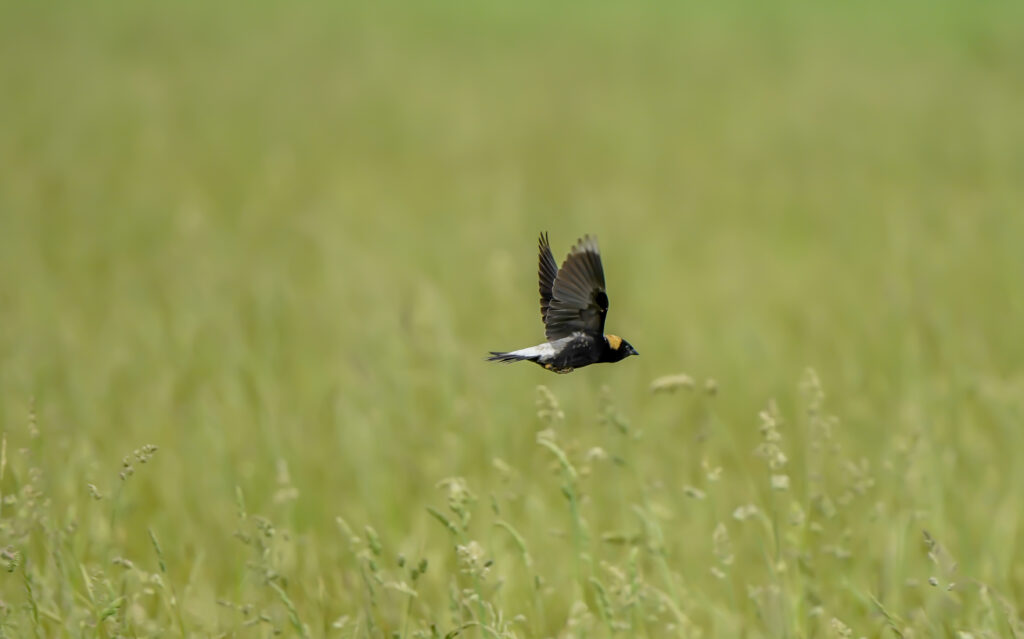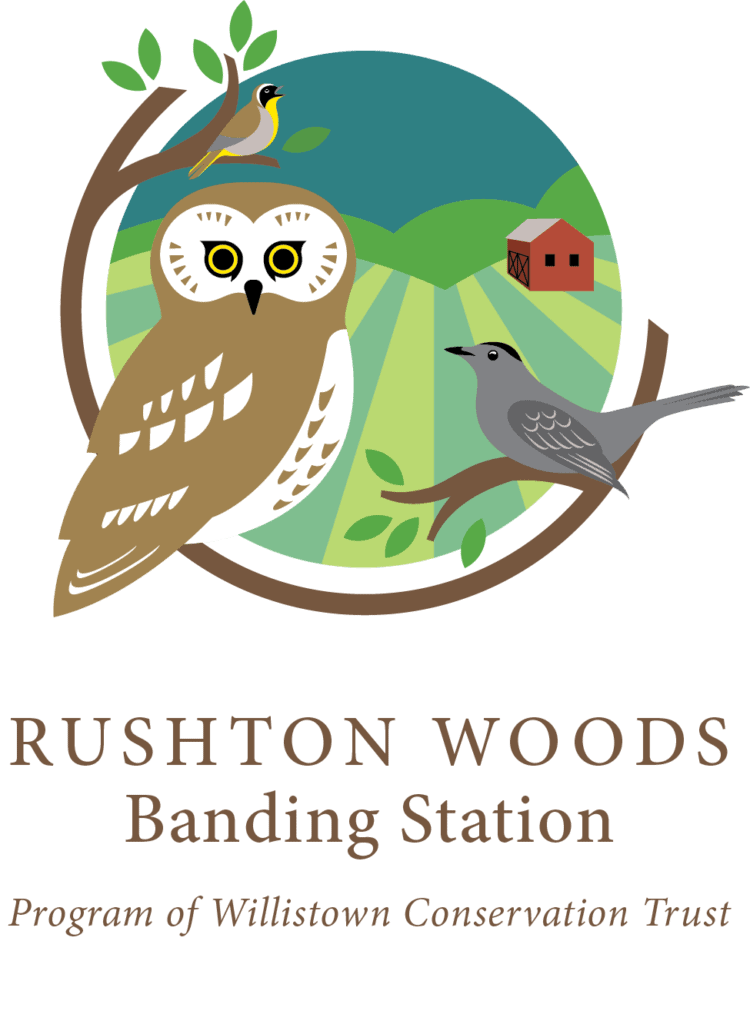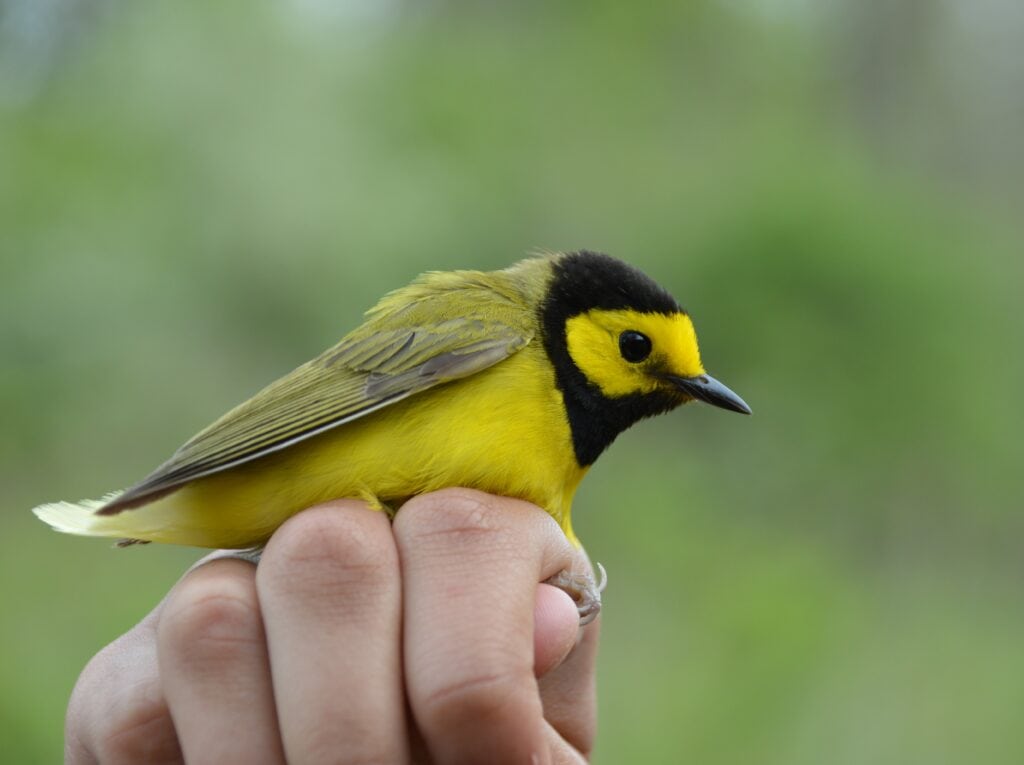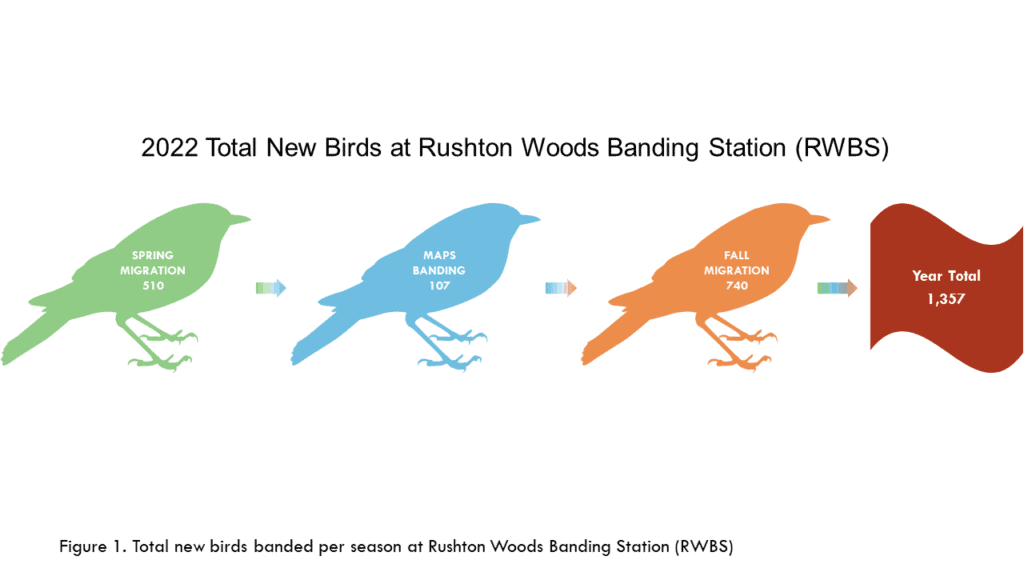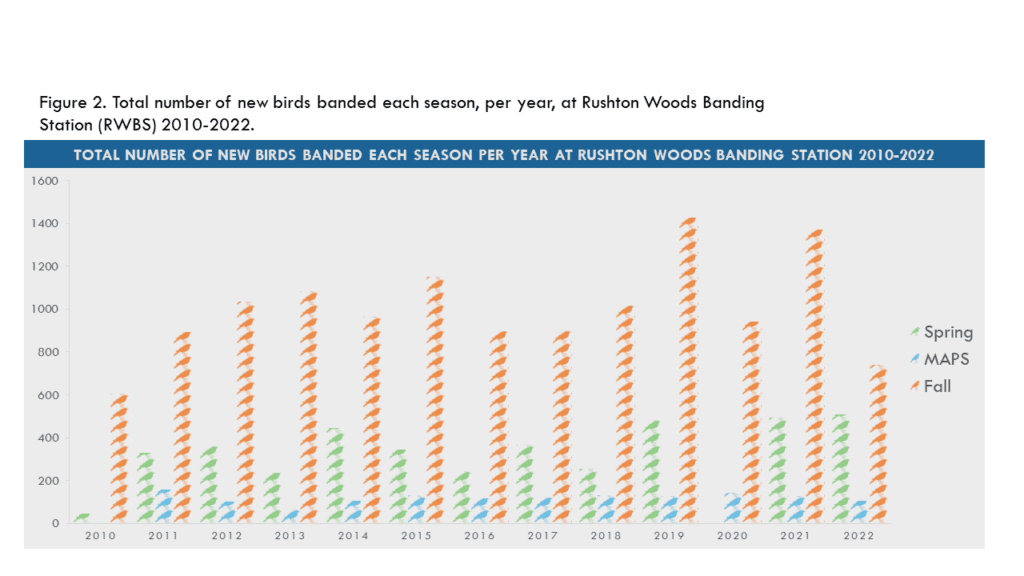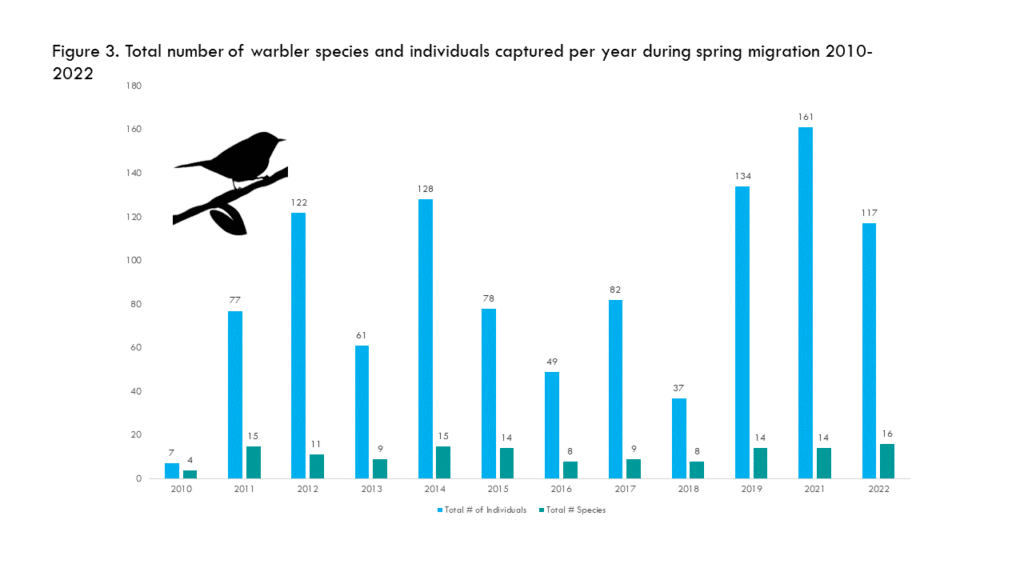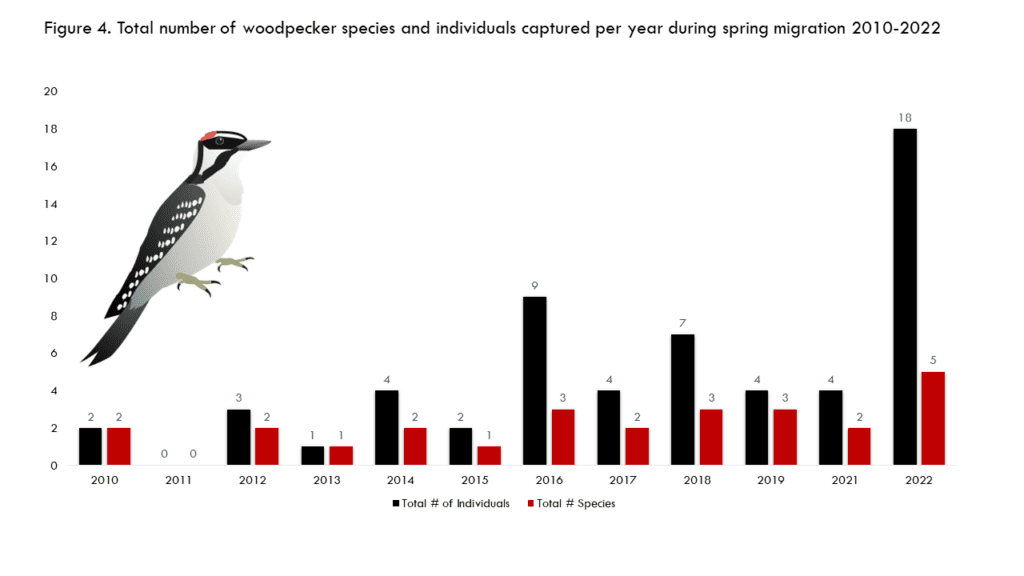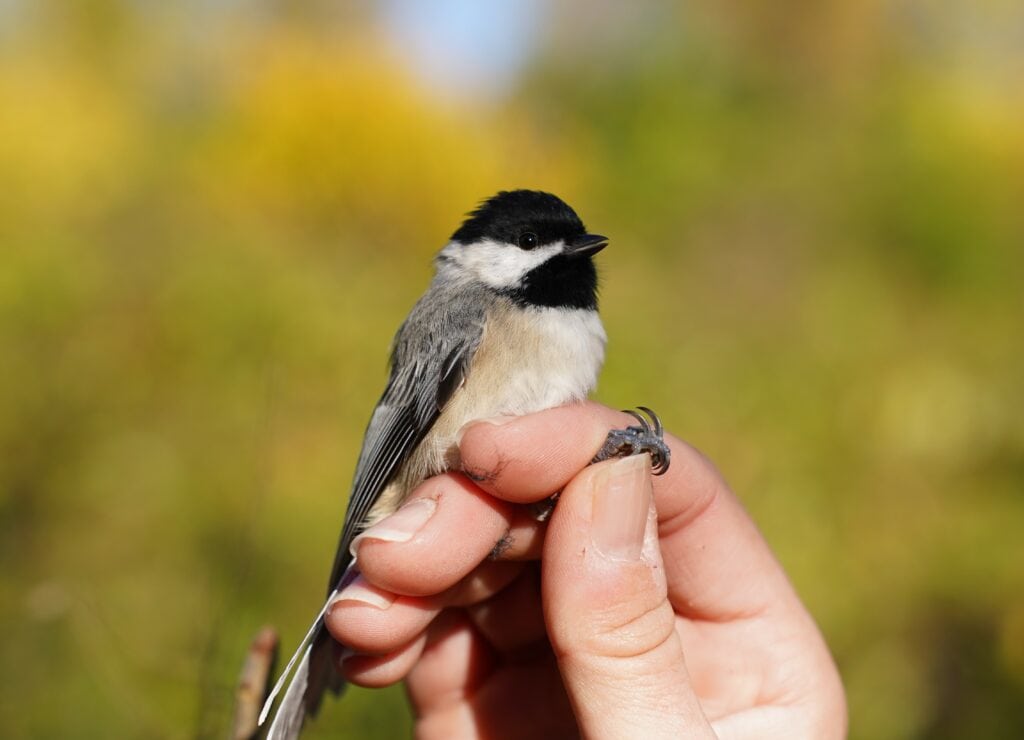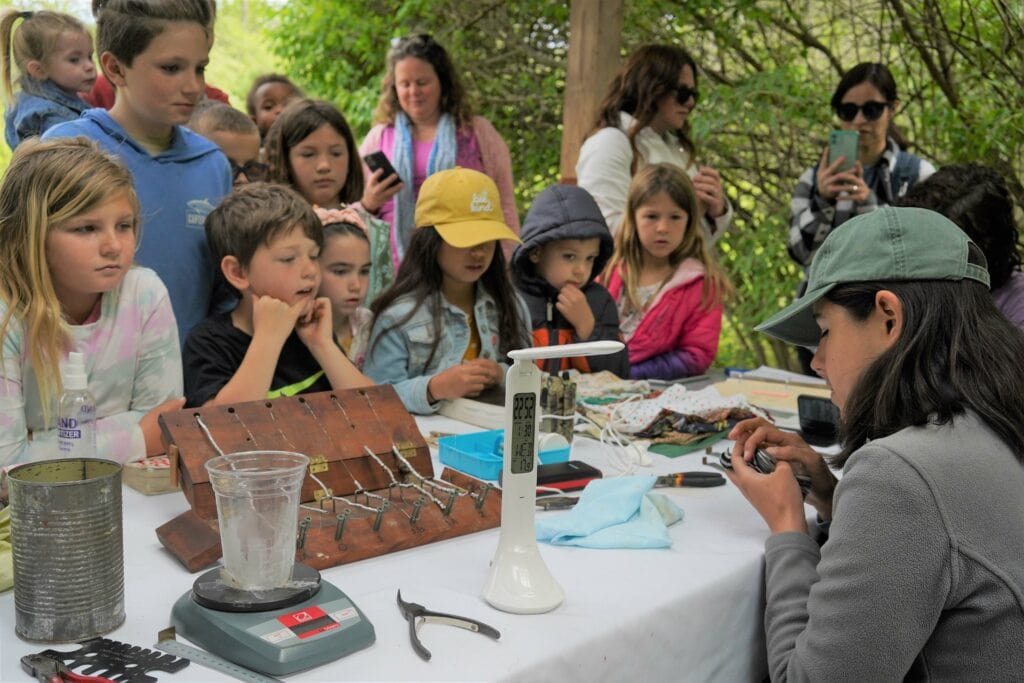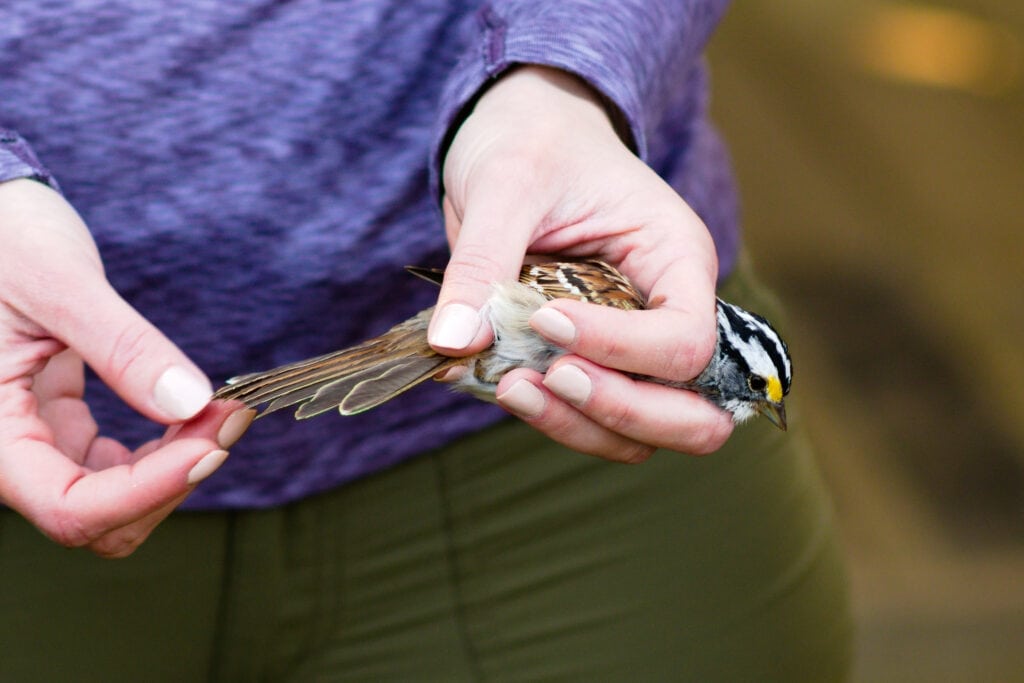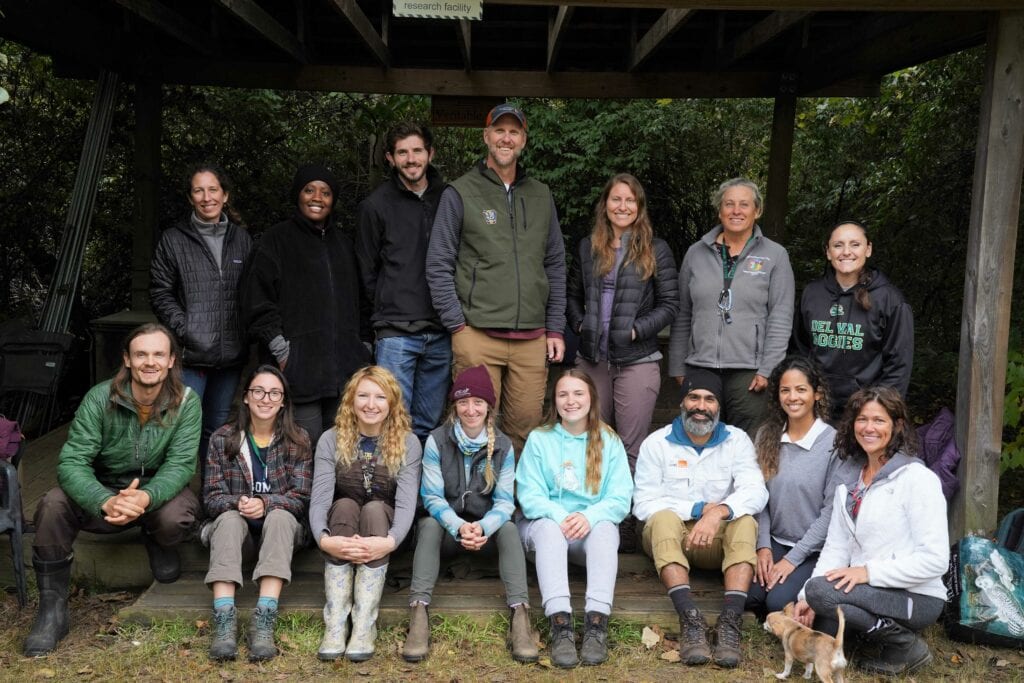Chimney Swifts (Chaetura pelagica) are fascinating small birds with a cigar-shaped body and long narrow wings, known for their distinctive agile flight and unique nesting habits. Historically, these birds nested in hollow trees, but as human development progressed, they adapted to using chimneys and are now dependent on man-made structures. Unfortunately, modern building designs and habitat loss have significantly reduced Chimney Swift populations with their current conservation status listed as near threatened. Within the past 20 years, there has been a movement to cap chimneys or line them with metal, thus preventing access for the swifts. Additionally, old buildings with suitable chimneys are increasingly demolished or sealed, further reducing available nesting sites. Climate change further complicates their survival by altering insect populations, their primary food source, and increasing extreme weather events that can destroy nesting sites.

To counteract these challenges, building and installing Chimney Swift nest boxes, or towers, is essential for conserving this species. These nest boxes provide safe, suitable nesting and roosting sites. These towers should be at least 12 to 15 feet tall with a minimum width and depth of 14 inches on each side, using durable materials like treated wood or concrete to ensure longevity. The interior should have a rough surface to help swifts grip and build their nests. Ideal locations include backyards, parks, schoolyards, and other community spaces.
Pennsylvania Game Commission (PGC), is working with conservation partners to build Chimney Swift towers and are working on a documentary to educate landowners about how these can fit into their landscape. PGC Education Specialist and filmographer, Tracy Gaziano, is gathering this information and working with partners such as WCT to help conserve this declining species. WCT now has four towers, all of which have had successful breeding pairs year after year since their installation. Terry Decker from Oak Tree Landscaping built the three original towers starting in 2018 (figure 1), and Sean Hetzel, a local Eagle Scout, recently added a modern tower (figure 2). Terry donated his time and bucket truck this summer to provide a bird’s eye view to the nests so Tracy could get great photos and video of their nests.
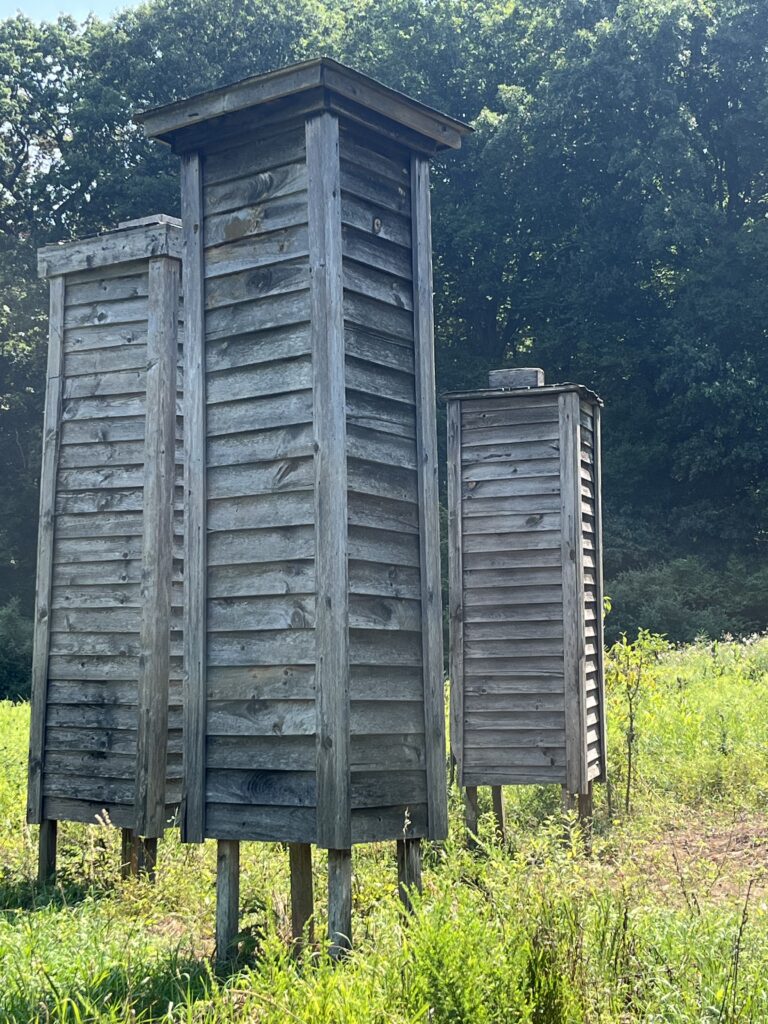
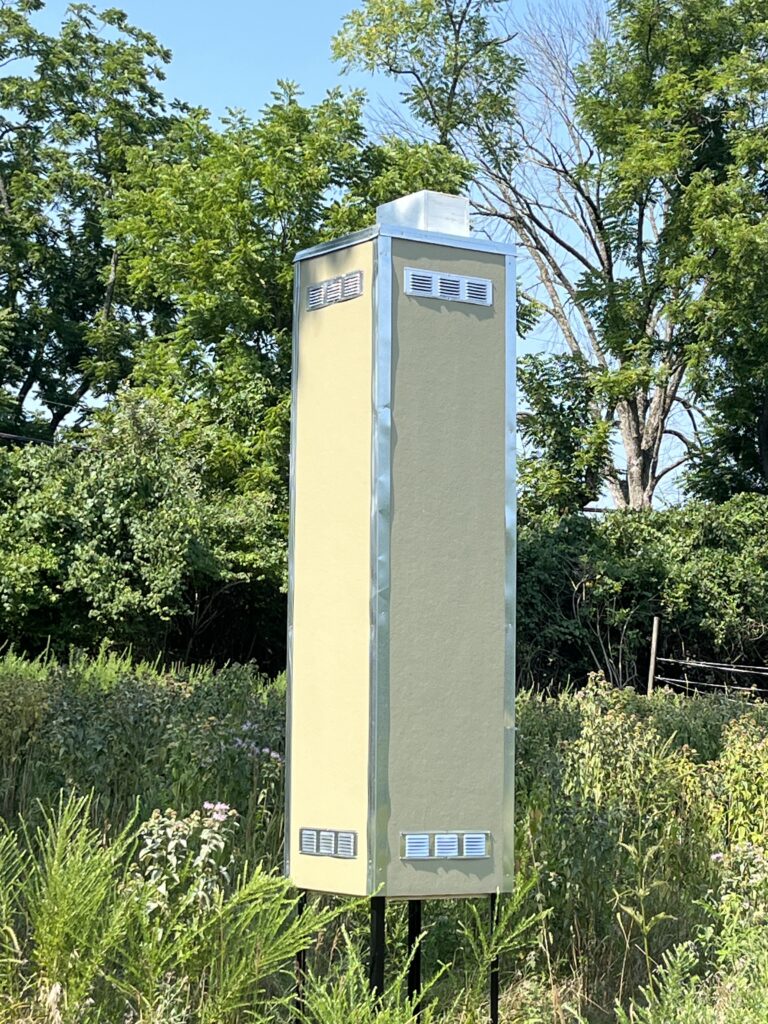
Although building a Chimney Swift tower appears to be a daunting task, there are many resources on-line to provide the plans and methods. PGC is building towers in desirable locations, but local builders could follow the nest box plans. The tower must be secured to a foundation, ensuring it is stable and upright, while regular inspections are recommended before the breeding season to ensure it is in good condition and free from debris. It is also essential to monitor the tower during the breeding season to assess the nest box’s success. Nest boxes offer a predator-free environment, help mitigate habitat loss, and contribute to the conservation of Chimney Swifts. They also provide educational opportunities, raising awareness about these birds and their conservation among local communities. Resources for building Chimney Swift nest boxes include the Chimney Swift Conservation Association and Cornell Lab of Ornithology.
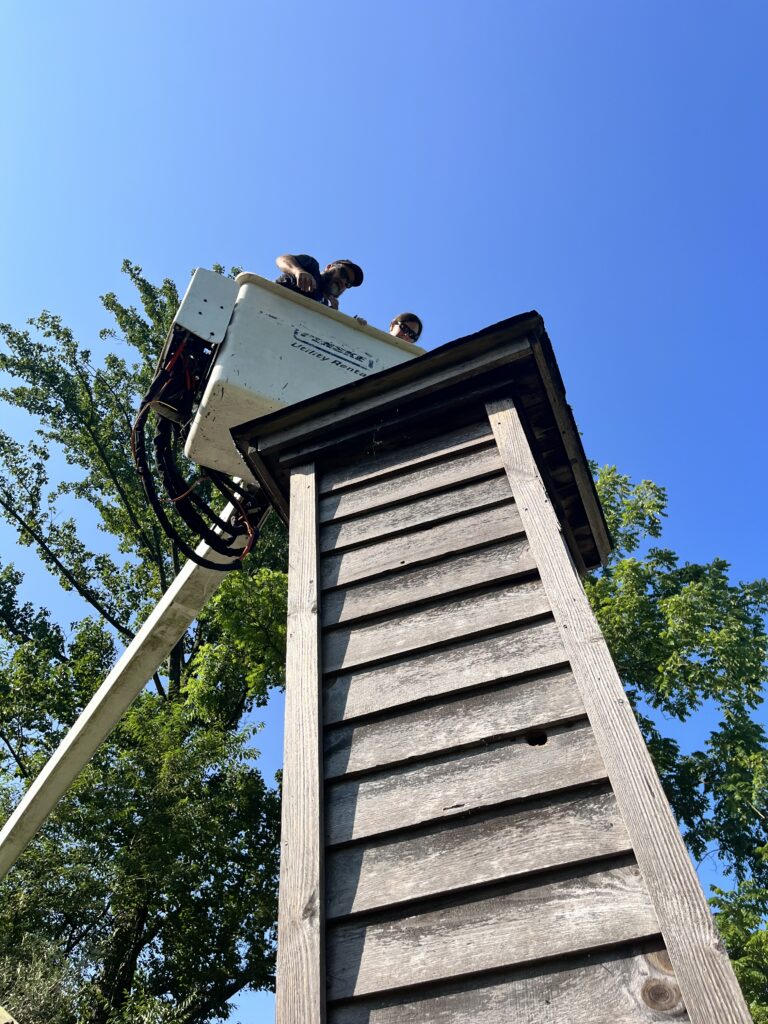
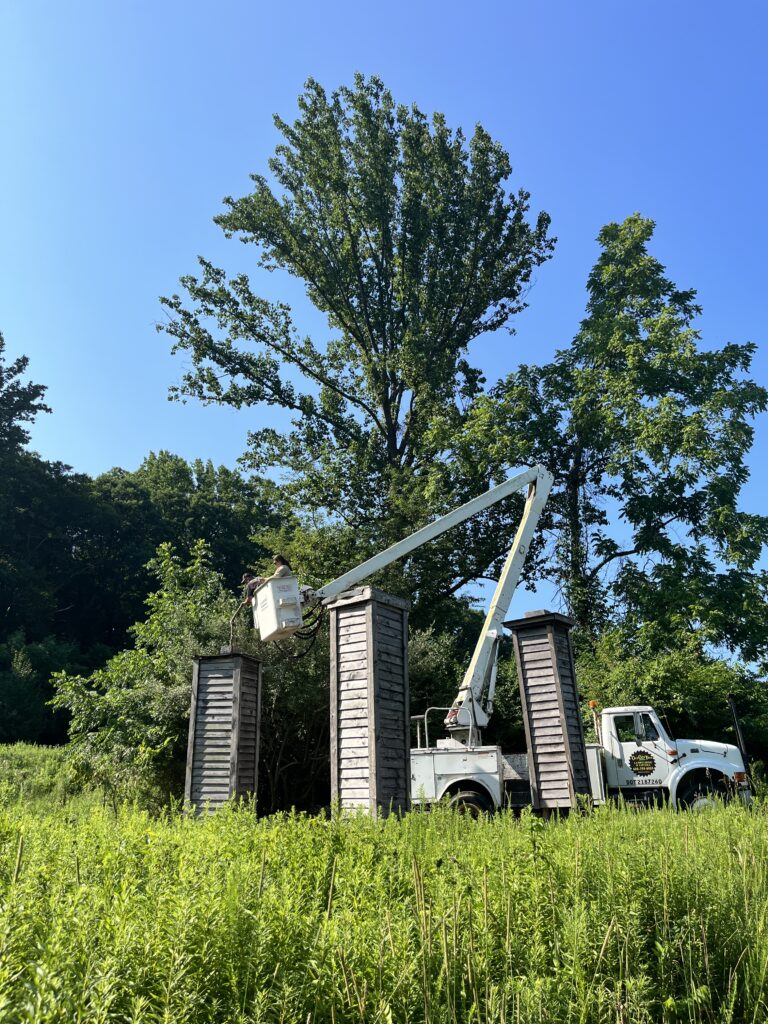
Tracy Gaziano with The Pennsylvania Game Commission and Terry Decker with Oak Tree Landscaping working together to collect footage of the nestlings.
By building and installing Chimney Swift nest boxes, we can play a crucial role in protecting and supporting these unique birds, ensuring they continue to grace our skies for generations to come.
